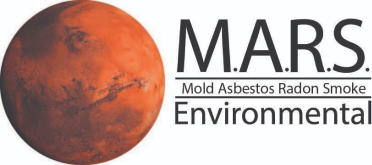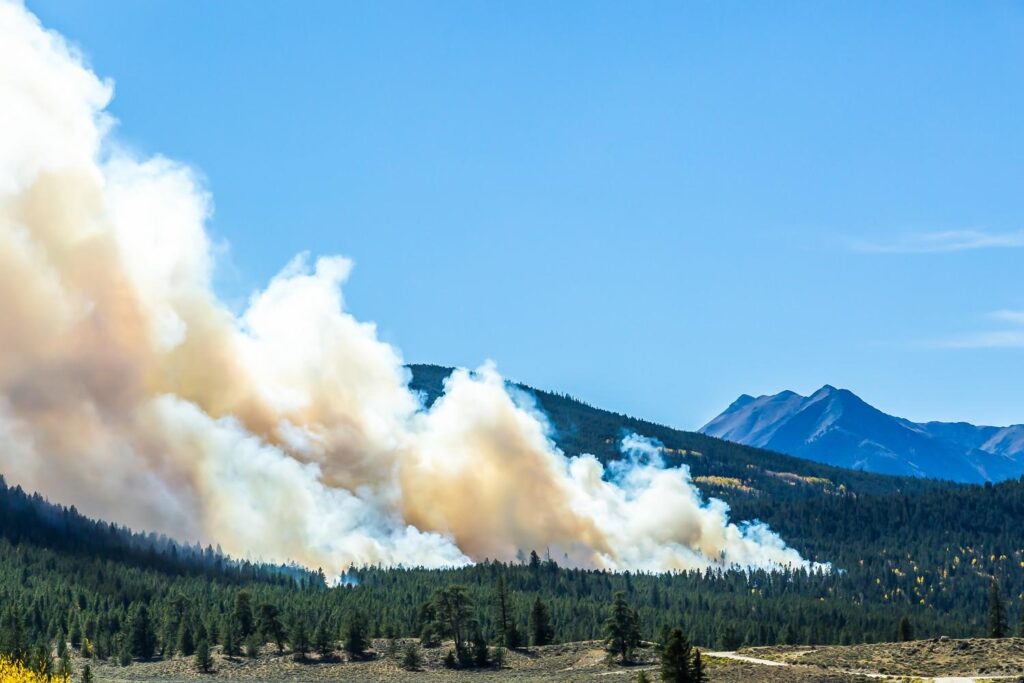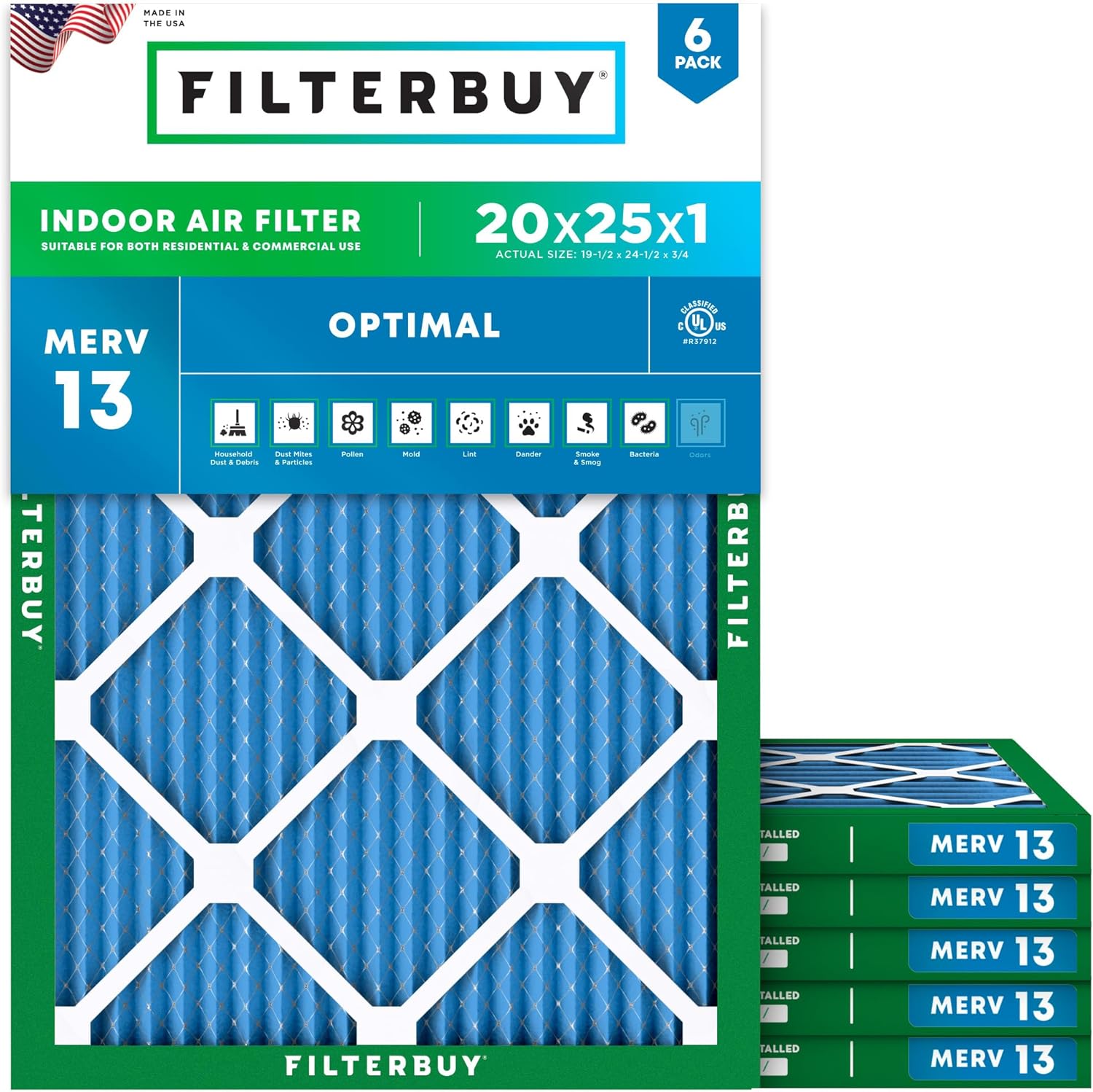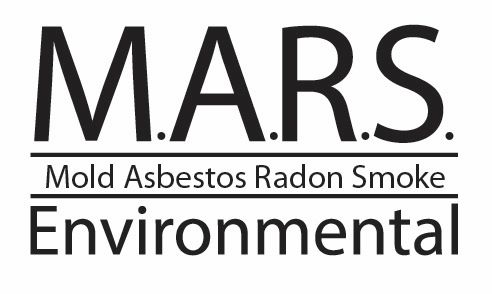Jeanine Humphrey, post-fire testing specialist and owner of M.A.R.S. Environmental in Lafayette, shares expert tips to help you avoid the devastating consequences of improper post-fire and smoke mitigation.
Top 5 Tips to Reduce Post-Fire Smoke Contamination Risks
- Maintain comprehensive homeowners insurance
A strong insurance policy is your best defense against post-fire contamination, but not all policies are created equal. Your coverage – and the company you insure with – can make or break your post-fire remediation protection. - Don’t choose insurance based solely on cost. Cheap insurance companies often skimp on testing and remediation costs, leaving homeowners vulnerable to long-term structural damage and health concerns. Additionally, “cheap” usually means “underinsured,” so you could end up paying a lot out-of-pocket for testing, remediation, and rebuilding after a fire.
- Don’t use a preferred vendor for testing. Your insurance company may push their preferred vendors, but you have the legal right to choose your own testing and remediation team. Choose a trusted post-fire smoke and soot testing specialist who will advocate for your safety, not the insurer’s bottom line, and fight back if your insurance minimizes the seriousness of the damage.
- Review your policy annually. Ask your insurance provider detailed questions about coverage and exclusions, and confirm you have enough coverage to pay for catastrophic loss. Seek trusted recommendations – if you know someone who has been through post-fire or smoke remediation, ask about their experience with their insurance provider.
Pro Tip: Every six months, take a video of your whole house, including the basement. This will help you form a detailed list of what’s lost in a house fire and provide documentation to present to your insurance company.
- Prioritize the first 72 hours after a fire
The first three days after a fire are the most critical. Your choices during this period can mean the difference between a safe recovery and long-term exposure to toxins. - Don’t clean up immediately. It’s instinctual to tidy up, but that can embed contaminants deeper into your home and make it harder to assess damage. Wait until professional testing is done before disturbing anything.
- Use protective gear. If you must enter the property, wear PPE (Personal Protective Equipment), like a respirator and a Tyvek suit.
- Start your insurance claim right away. Notify your insurance provider that you’re opening a claim and want independent testing conducted. Time is of the essence, especially if the house isn’t habitable.
- Avoid moving belongings. Smoke particulates cling to materials. Taking belongings out of a contaminated home can spread toxins to unaffected environments.
- Do not move back in. It’s imperative to avoid reoccupying the home until professional testing confirms it’s safe.
Pro Tip: Have designated “post-fire shoes” to wear with your protective gear. Take them off as soon as you leave and don’t wear them anywhere else to avoid spreading contaminants to your unaffected living space.
- Hire an experienced professional for in-depth testing
Smoke and soot don’t stop at the surface, and smell is not a clear indicator of contamination. Hire someone who understands the seriousness of post-fire damage and who is experienced in conducting comprehensive testing. - Invisible doesn’t mean safe. Even if the home looks or smells clean, it could still be saturated with volatile organic compounds (VOCs), toxins, and microscopic particulates.
- Contaminants can linger long after the flames are out. Toxic chemicals and byproducts from materials like plastics, lithium batteries, and protein fires can stay embedded in materials and off-gas over time. Make sure your home is thoroughly tested – and not just the obvious surfaces.
- Pay attention to weak spots for contamination. Attics and crawlspaces are common culprits. Attic vents can act like a vacuum, pulling smoke into the home. The heat causes the wood’s pores to open, trapping smoke. When the wood cools, the smoke is sealed in, only to off-gas and seep out again when temperatures rise.
- Comprehensive testing is critical. Proper post-fire testing should include aldehydes, heavy metals, PAHs, lithium, VOCs, and more, and should be tailored to what burned and how the smoke spread.
- Choose a true advocate. M.A.R.S. provides rigorous testing to document all contaminants and create a recovery plan you can bring to any remediation contractor or insurance adjuster. We work for YOU, not for your insurance company.
Pro Tip: Make sure testing includes a thorough inspection for entry points. Even tiny holes – like old nail holes in your paint or siding – can act as a vacuum, pulling smoke in and contaminating your home. M.A.R.S. professionals conduct thorough testing, going above and beyond to ensure your home is safe.
- Protect your indoor air quality
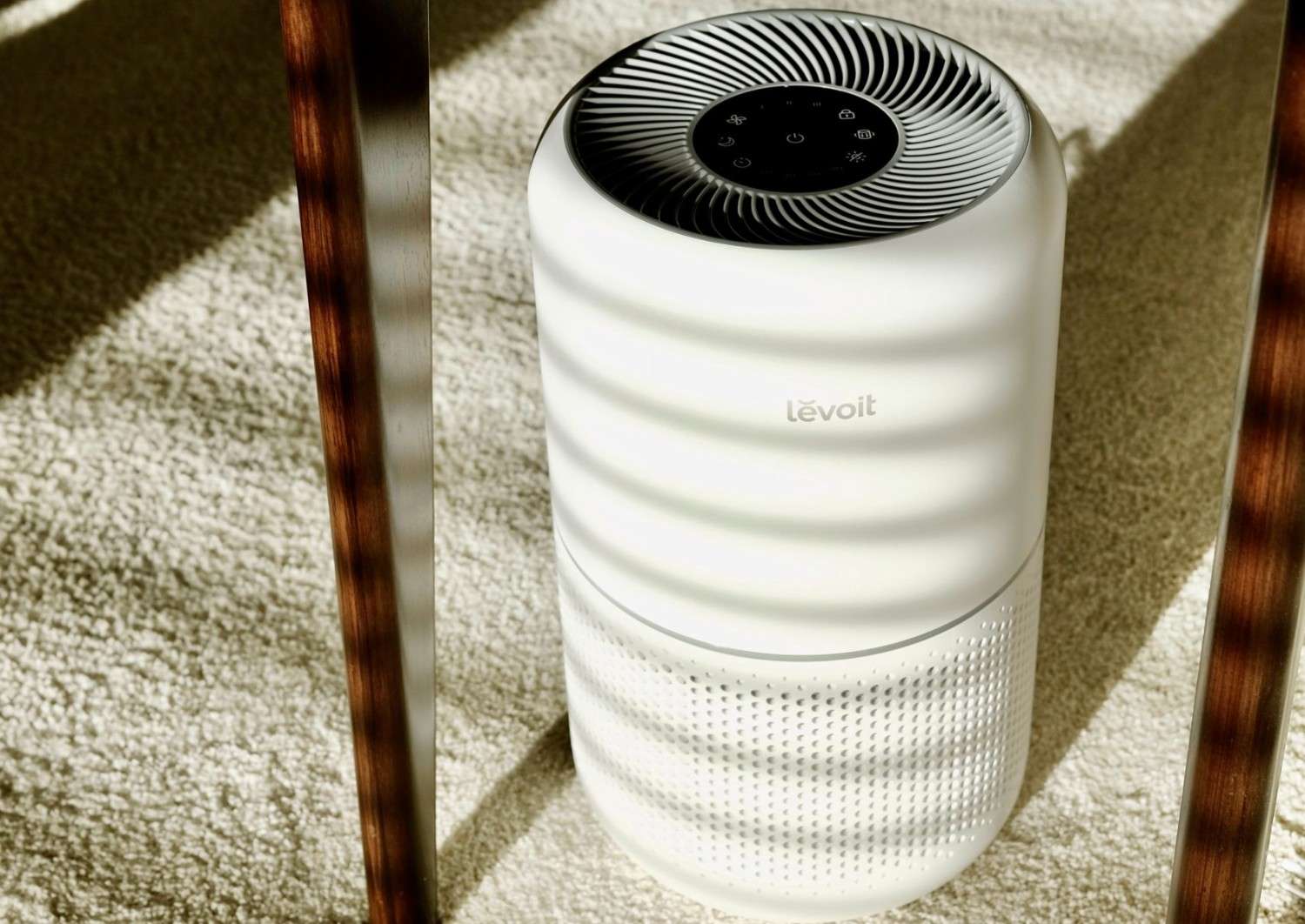 As wildfires become more prevalent, the smoke can impact your indoor air quality, even if you’re miles (or states) away from the actual fire. Taking steps to keep it clean is essential for your and your family’s health.
As wildfires become more prevalent, the smoke can impact your indoor air quality, even if you’re miles (or states) away from the actual fire. Taking steps to keep it clean is essential for your and your family’s health. - Use air purifiers with carbon filtration. Make sure you get one large enough to handle the square footage of your space. Carbon filtration helps neutralize gases and VOCs from smoke.
- Upgrade your HVAC system. Consider adding UV or ionization attachments to your furnace to neutralize particles and improve your air quality.
- Check replacement costs before upgrading your system. Make sure you’re comfortable with the maintenance routine of any air purification system, including filter replacement, so you’re not caught by surprise costs.
- Keep air filters clean. Buy high-capture air filters and change them frequently. This is one of the most affordable ways to protect your indoor air quality.
Pro Tip: Rather than buying the most expensive air filter, you can opt for more affordable filters that still capture a majority of the pollutants and change them more frequently, especially during wildfire season. I’ve personally had good luck with filters like this one.
- Plan Ahead
This may seem obvious, but fires can happen to anyone. Being prepared is one of the most powerful tools you have to protect yourself, your family, and your valuables. - Keep your essential documents safe. Store passports, birth certificates, insurance papers, and titles in a double fireproof safe.
- Make your home as safe as possible. Change your smoke detector batteries, keep your air filters clean, minimize unnecessary openings to avoid air vacuums, and stay on top of your insurance. If a fire happens in your home or nearby, be proactive about testing for contaminants – even if the fire doesn’t directly touch your home.
- Stay informed of your surroundings. Stay actively informed during wildfire season about fires in your area (or that are sending smoke your way), and be prepared to evacuate if necessary.
- Don’t assume it won’t happen to you. Wildfires and house fires can impact entire communities with little notice. The better your plan, the safer your evacuation and recovery.
Pro-Tip: Create a “to-go” box. Put your most important valuables in a designated “to-go” box that you can easily grab if you need to evacuate.
What factors should Colorado homeowners consider regarding fire & smoke damage protection?
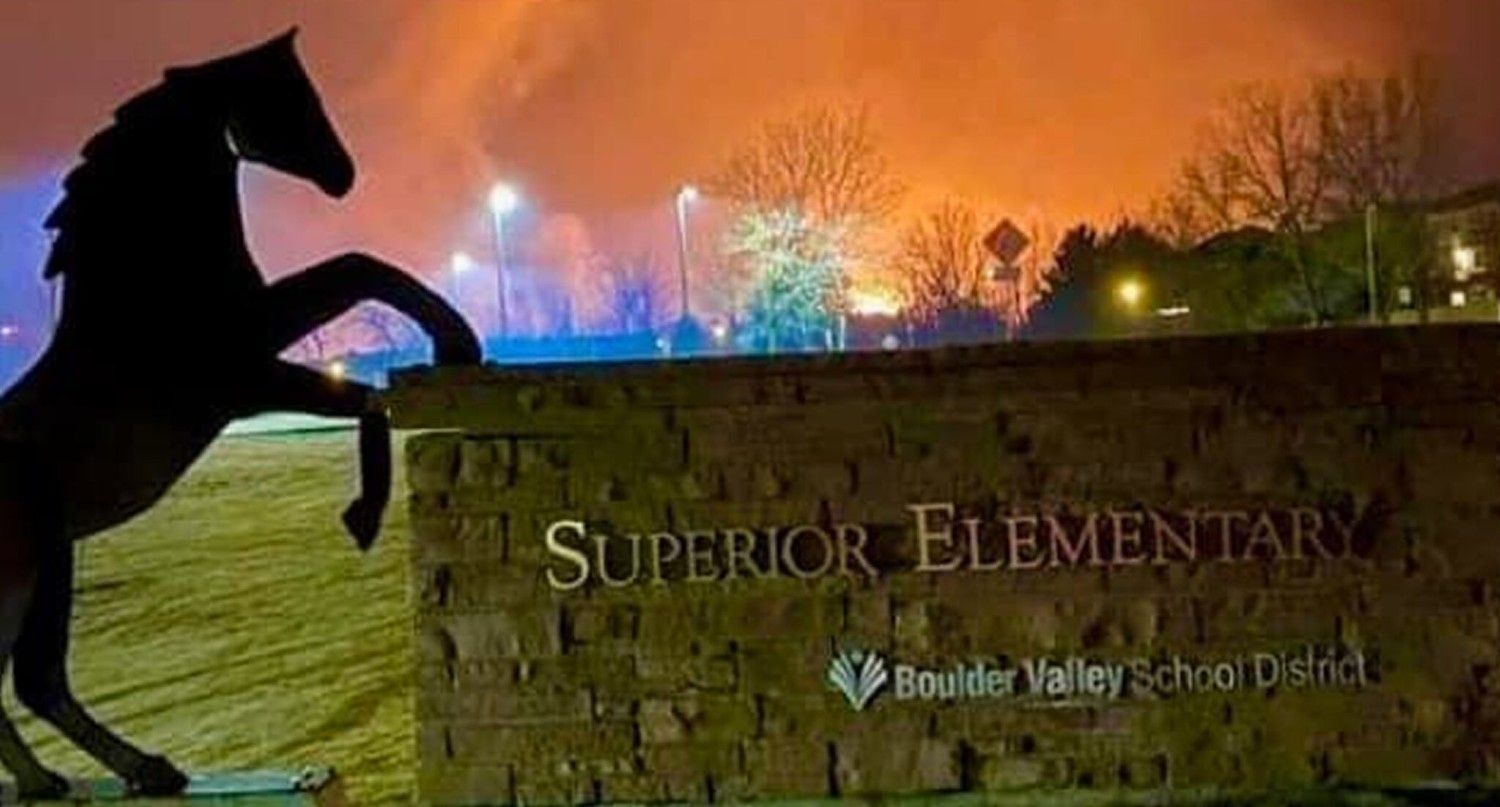
Colorado’s dry climate, elevation, and intense wildfire seasons create a unique set of challenges. Homes are increasingly exposed to thick wildfire smoke, and the number and severity of wildland-urban interface fires – which bring their own set of contaminants that differ from traditional wildfires – continue to rise. Stay in-the-know and understand your risks to stay ahead of them.
Seasonal weather, like snowstorms following fires, can also interact with combustion byproducts and create entirely new chemical hazards. After the Marshall Fire in Superior, snow fell and mixed with fire debris, creating bleach-like compounds that complicated testing and mitigation efforts and added additional risk factors. If you experience a fire, understand the unique risks and compounds that can be present and demand independent, thorough testing.
Choose a local, reliable insurance company that is familiar with Colorado-specific challenges and work with them to form a comprehensive insurance plan.
What are the biggest mistakes people make when it comes to post-fire damage?
- Cleaning without testing. Homeowners, relieved that their home is physically intact, often clean up without thinking twice about testing or protecting themselves. However, this can deter testing efforts and further expose you to toxins.
- Relying on visual cues alone. While visual inspection is important – particularly for determining smoke movement through impacted areas – it’s not the full story. Invisible microparticles can linger for years, causing long-term health problems.
- Not vetting vendors. Another common mistake is not realizing that they have the right to choose their own testing and remediation companies. Using an insurance preferred vendor can lead to incomplete assessments and lingering contaminants.
- Neglecting attics and other hidden risks. Homeowners and inexperienced inspectors might overlook areas like attics that aren’t in plain view. Make sure you receive a thorough inspection – inside and out, top to bottom.
Key Takeaways
- Document everything. Do a full house inventory video twice a year and open a claim immediately after a fire.
- Follow safe protocol. Wear protective gear if you have to enter your home, don’t clean right away to avoid further contamination, and make sure you receive thorough testing before reoccupying your home.
- Don’t choose insurance or post-fire professionals based on price alone. Your health and home are worth the investment. Take time to research insurance companies that offer comprehensive coverage and, should a fire happen, insist on experienced professionals for testing.
- Know your rights. You’re not obligated to use your insurance company’s preferred vendors. Choose someone who will prioritize your needs and health.
